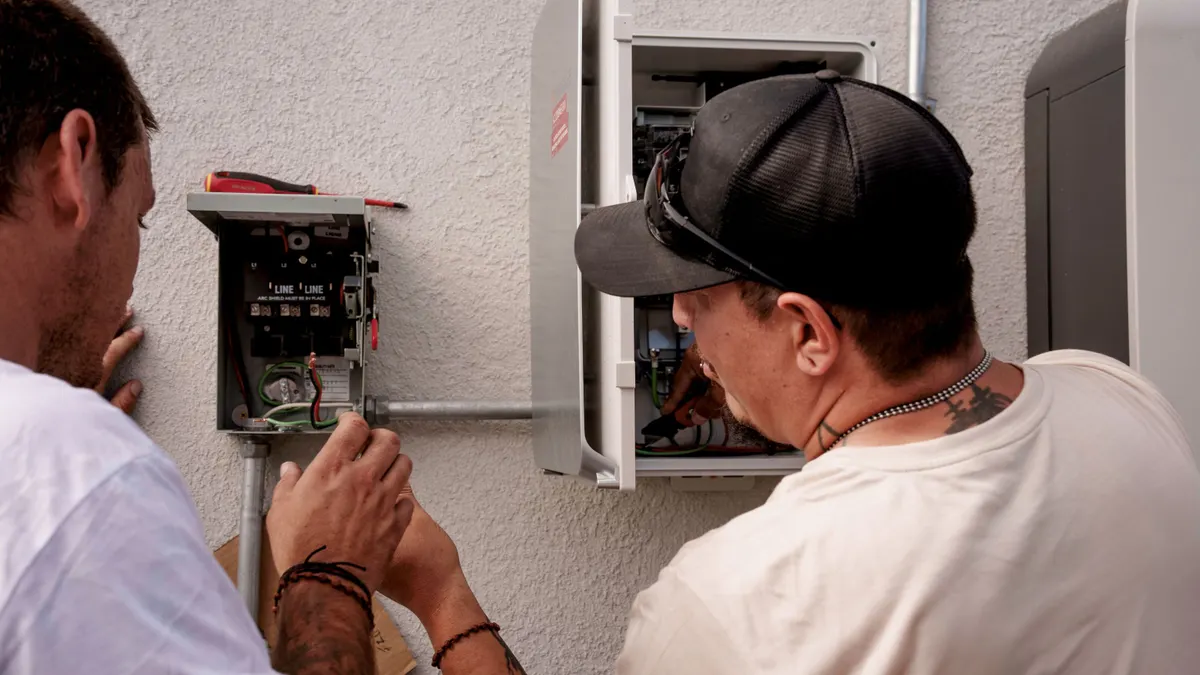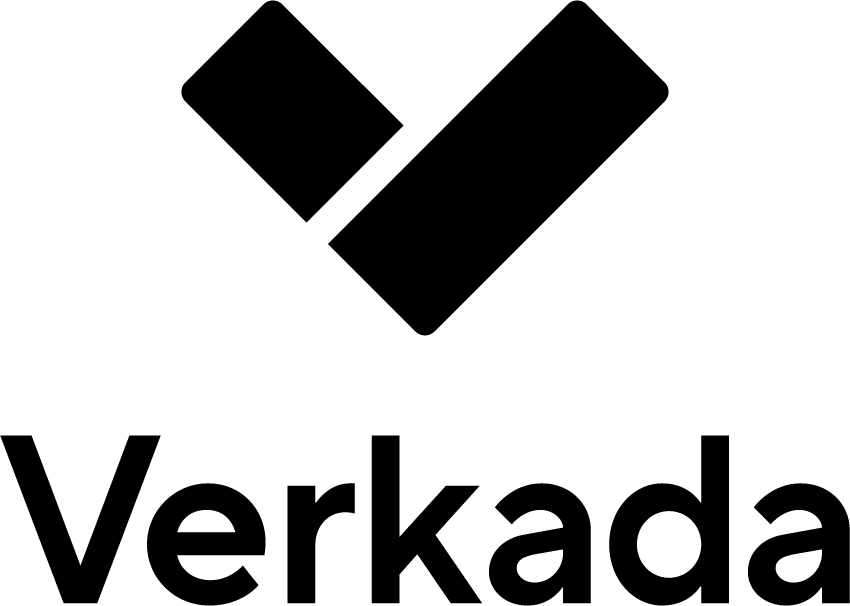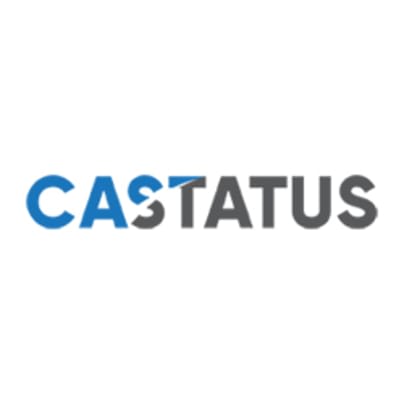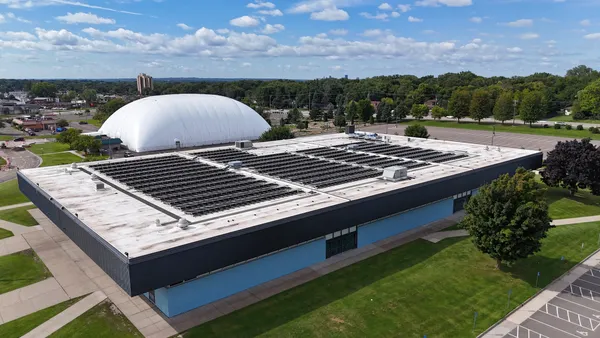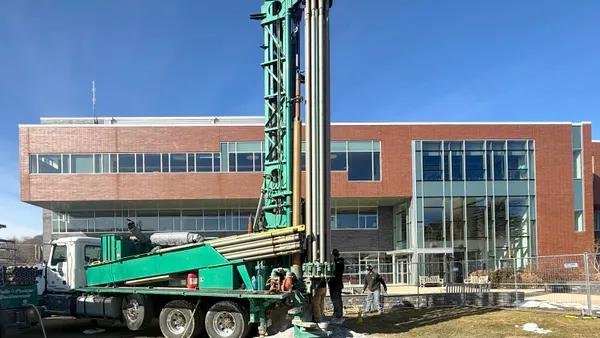Dive Brief:
- Better digital infrastructure helps higher education institutions analyze, track and meet high-level energy management goals, sustainability specialists with Johnson Controls said in an April 30 webinar sponsored by the International District Energy Association.
- Comparatively high energy use intensities mean post-secondary and medical campuses that optimize heating and cooling loads can realize substantial energy cost savings, which they can reinvest in future decarbonization projects, Johnson Controls Industry Director for Higher Education Russ Garcia said.
- Smarter digital systems empowered the University of Wyoming to tame its campus energy “spreadsheet from hell” and Georgia Institute of Technology to lock in $12 million in guaranteed savings through building automation, Garcia and Johnson Controls Director of Sustainable Advisory Services James Rosner said.
Dive Insight:
Campus energy teams can reduce long-term energy costs and make significant progress toward decarbonization goals through physical infrastructure investments like replacing legacy chiller and boiler systems with more efficient hydronic heat pumps, Johnson Controls’ specialists said on the webcast.
But digital infrastructure investments also have the potential to improve building HVAC performance and efficiency while reducing overhead costs, they said.
Campuses tend to progress through four stages on their digital building management journeys, according to Rosner. They start at the default state of isolated building systems controlled locally, move through “connected buildings” networked together for improved efficiency, and then into the “smart buildings” stage, where decision-making algorithms optimize performance using historical data and sensor inputs rather than manual setpoints and direct human observation.
The fourth stage, “autonomous buildings” that operate with minimal human oversight, is an ideal end goal that’s increasingly realistic as technology improves, he said.
Polls conducted during the webinar found most audience members’ institutions are in the “connected buildings” stage, with concerns over high upfront investment costs, data security and privacy as the top barriers to continuing the digital journey.
Rosner detailed how the University of Wyoming used Johnson Controls’ vendor-agnostic digital platforms to do more with the building and energy data gathered from its flagship campus. The 210-building, 6.9 million square-foot campus in Laramie, Wyoming, is served by central chilled water and coal-fired steam plants, he said
Though the University of Wyoming had already deployed building management systems, its hub for data analysis and decision-making was an 85-tab “spreadsheet from hell” that was difficult to manage, let alone leverage for useful insights, Rosner said.
The university then implemented Johnson Controls’ cloud-based OpenBlue Enterprise Manager to supplant the unruly status quo with an overlaid “handshake across systems” that enabled real-time energy usage tracking at the portfolio and building levels without costly software or equipment upgrades, he said. That made it easier to assess how similar buildings, such as residence halls, performed relative to one another.
With better visibility into building and campus energy usage and system performance, campus facilities management staff can take on “more of a supervisor role” that focuses more on prioritized, preventive maintenance and corrective action rather than basic analytics or diagnostic work, Garcia added.
Separately, the University of Wyoming used Johnson Controls’ Green Hub platform to serve professors’ and students’ requests for energy data, informing sustainability reporting without allowing unfettered access to system controls, Rosner said.
“As a campus is progressing through its journey, there’s an insatiable desire for more information” that facilities managers need to address “without giving the keys to the car away,” Rosner said. This was a particularly high priority at the University of Wyoming given its continued reliance on coal for primary energy, he added.
Accurate, detailed energy usage information is also important for universities and other campus-based institutions subject to local or state environmental regulations, such as New York City’s Local Law 97, Rosner said. Johnson Controls’ Net Zero Advisor platform accounts for local mandates relevant to users, enabling accurate scope 1 and 2 emissions reporting, he said.
Institutions not bound by state or local emissions targets still have a significant financial incentive to invest in smarter building- and campus-level energy management analytics and controls, especially given recent federal directives that prioritize research grant funding on lower “indirect costs,” Garcia said.
Georgia Institute of Technology also realized $12 million in guaranteed cost savings and qualified for a $214,000 rebate from its electric utility, Georgia Power, through a “smart lab” initiative that modernized digital controls for six lab facilities across four buildings, Rosner said. In the first year, the deployment auto-generated 115 corrective work orders, replacing manual complaints from building users. Furthermore, the initiative reduced energy and maintenance costs by $65,000 and $24,000, respectively, he said.
The initiative was so successful that the university expanded the program from four buildings to 40, Rosner added.



